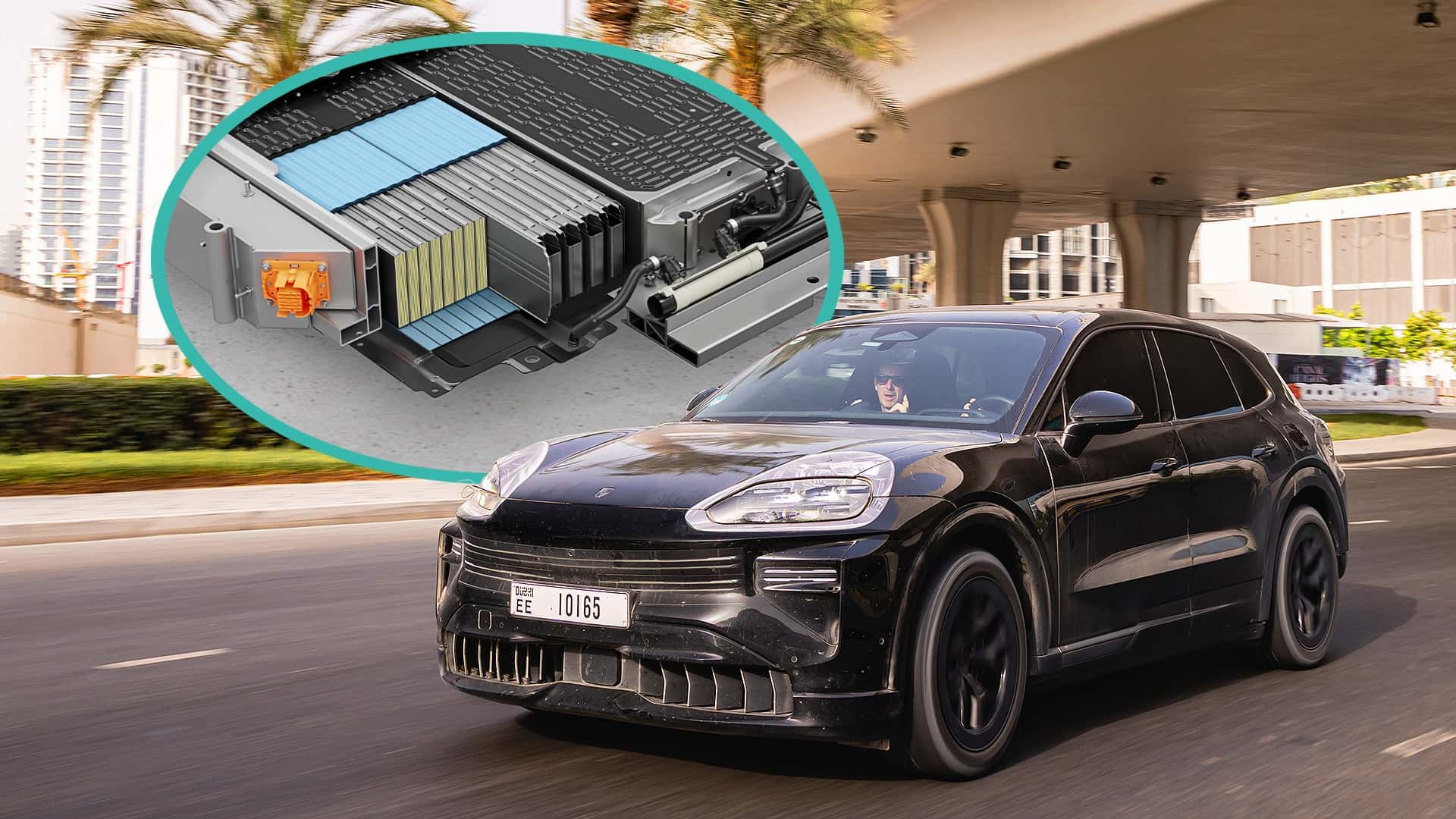Key Takeaways
- The Porsche Cayenne Electric introduces a revolutionary battery design, eliminating the traditional frame for weight savings and enhanced energy density.
- Equipped with a 113 kWh gross capacity battery, it delivers robust fast-charging capabilities, adding 186 miles of range in just 10 minutes.
- Improved manufacturing and repair processes, along with advanced cooling systems, contribute to the Cayenne Electric’s efficiency and performance.
Innovative Battery Design
Porsche is evolving its engineering philosophy with the Cayenne Electric, marking a departure from the traditional evolution process. Marco Schmerbeck, head of the energy system for the Cayenne Electric, emphasizes that this vehicle represents a substantial shift rather than a minor improvement. At a recent preview in Leipzig, Germany, Schmerbeck noted significant advancements in battery technology compared to Porsche’s previous models like the Taycan and Macan.
The Cayenne Electric features an innovative battery system that eliminates the traditional frame. Unlike the conventional method of layering battery cells in multiple enclosures, this new design mounts individual battery modules directly to the vehicle’s body. This approach not only reduces overall weight but also allows for optimal use of space, enhancing energy density.
The new design simplifies manufacturing due to fewer components and fasteners, making repairs easier, allowing modules to be replaced independently by accessing them from underneath the vehicle after removing the fiberglass underbody panel.
Battery Efficiency and Specifications
The Cayenne’s battery, sourced from LG Chem, utilizes silicon-graphite anodes and nickel-manganese-cobalt-aluminum cathodes. This configuration supports fast-charging capabilities, which can add 186 miles of range in just 10 minutes at peak charging rates of 400 kilowatts. Interestingly, the battery pack has a gross capacity of 113 kWh and a net capacity of 108 kWh, and it comprises 192 cells configured in six modules, significantly fewer than the Taycan’s 384 cells.
Cooling is also a focal point of the Cayenne Electric, with each battery module being cooled from both the top and bottom to efficiently manage heat across the battery surface.
Small Enhancements, Large Impacts
In addition to the groundbreaking battery design, the Cayenne Electric incorporates a variety of smaller engineering improvements. For instance, relocating the fan systems to the front of the radiators enhances efficiency by about 15%. The Turbo model boasts an oil-cooled rear motor, facilitating impressive continuous power output while also enhancing regenerative braking capabilities, which reach up to 600 kilowatts, surpassing the Taycan’s 400 kilowatts.
The vehicle’s charging system features rigid metal connectors, painted orange for visibility, which reduces thermal losses during charging.
Overall, despite its larger size, the Cayenne Electric is anticipated to be more efficient than the Macan Electric. Porsche claims a WLTP range of 373 miles for the Cayenne, positioning it as a strong contender in electric vehicle performance, especially considering the significant advancements the company has made in just six years since the launch of the Taycan. The Cayenne Electric could very well be Porsche’s most impressive EV to date, showcasing the brand’s commitment to innovation in the electric vehicle market.
The content above is a summary. For more details, see the source article.















